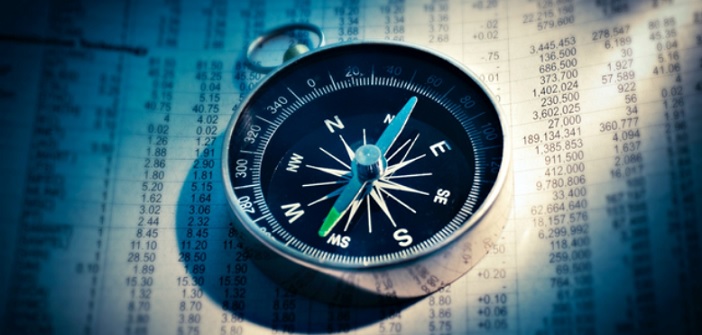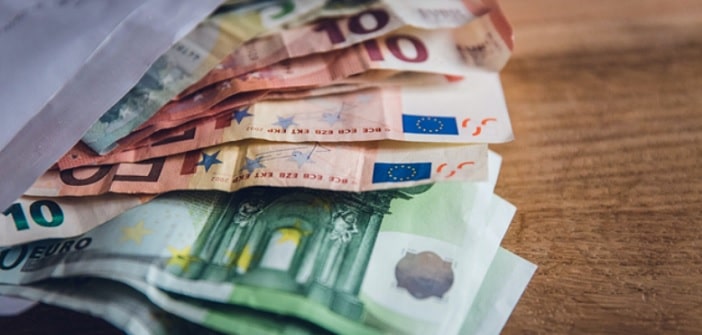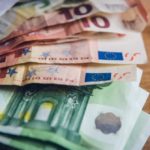When we talk about ETFs – or Exchange-traded funds in English – we are referring to particular types of investment funds that originated in the United States in the 1990s with the aim of replicating the price trends of a specific benchmark index, such as a stock or commodity index.
To include a certain degree of diversification in their portfolio, each investor can find a myriad of ETFs. Given the high supply, making a wise choice can be complex. However, there are certain important aspects that the traders at tradignenligne.fr have highlighted to help you in your research.
Liquidity Indicators of Funds
Given the exponential growth in the number of ETFs on the market, the risk of a fund, especially if newly created, not having enough liquidity to survive investment losses is one of the main factors every investor faces.
Generally, there are two fundamental liquidity indicators valid for ETFs:
- Overall level of assets: U.S. and European regulations include among the fundamental requirements for an ETF to operate in the market, the periodic publication of a report that indicates the exact amount of assets held by the fund. This value (and its variation over time) should be considered a direct indicator of an ETF’s liquidity.
- Trading activity level: An indirect indicator of a fund’s liquidity is the rate of trading activity of an ETF. This activity, generally measured by the number of contracts traded daily, is usually considered an indicator of the health of an investment fund. Moreover, monitoring the daily trading activity of an ETF can give signs of liquidity problems well before the publication of an official fund report indicating the level of assets under management.
Neglecting the liquidity risk of an ETF can be very dangerous: suppose a fund holds high-risk assets, such as derivatives that require less money than what is actually invested (see the concept of leverage). A small loss in the value of the investment can lead to enormous losses for an ETF that, in order to open new hedging positions, might be forced to close many investments at a loss to have liquidity and reposition itself in the market on safer investments. A significant drop in liquidity and performance can be perceived by different investors participating in the fund as a warning signal, leading to an actual capital flight from the ETF.
As can be easily understood, a surge in fund share withdrawals first causes a new liquidity squeeze for the ETF in question. Effectively creating a real vicious circle which, except for extraordinary market events or external interventions (like, in the most serious cases, sovereign states), can easily threaten the very existence of the ETF.
The Degree of Investment Diversification
The old Anglo-Saxon rule advising not to put all your eggs in one basket remains important advice to follow for reducing market risk. It’s always important to understand the underlying product of each ETF.
An investor must, therefore, be aware that allocating their capital in an ETF that replicates a stock index (like the S&P 500 or the FTSE 100) generally implies a much lower market risk than one exposed only to a single commodity (for example gold or oil).
This does not mean that investing in ETFs less diversified than others is a bad idea, it simply requires considering the possibility of having a higher volatility in certain market conditions.
The Fund’s Deviation from Its Underlying Asset
It is then necessary to introduce a very important concept that every investor must keep in mind when researching ETFs. These funds never guarantee to perfectly replicate the performance of their underlying asset but promise simply to do their best.
Consider the hypothetical Gamma ETF, with assets of 500 million dollars, which aims to replicate the performance of the Nasdaq stock index. The quotation of this index is not a simple arithmetic average of the stock prices it comprises, but a weighted average linked to the capitalization of the different listed companies. If Company A has a capitalization equal to 10 billion dollars and Company B only a capitalization of 1 billion dollars, its influence on the performance of the Nasdaq will be 10 times as significant as the company.
Given that market prices change continuously, Gamma ETF should theoretically vary the composition of its investment portfolio. Since continuous market renegotiation would entail considerable management fees, Gamma ETF could decide to change its portfolio periodically (for example once a month), thus introducing some disparity between its returns and those of the reference underlying.
This disparity is known as Tracking Error, and is without a doubt a factor to monitor when an investor selects an ETF.
The Risk of Choosing a Fund Based on Past Profits
Finally, it is important to avoid falling into the trap of past profits: if an ETF has generated significant returns in the past, it is not possible to conclude that this behavior will be automatically replicated in the future. As illustrated above, there are a number of factors to consider for selecting the best ETF. Relying entirely on past profits without evaluating the current strategy and future scenarios can lead to grave errors of judgment, as has happened countless times in the past.




